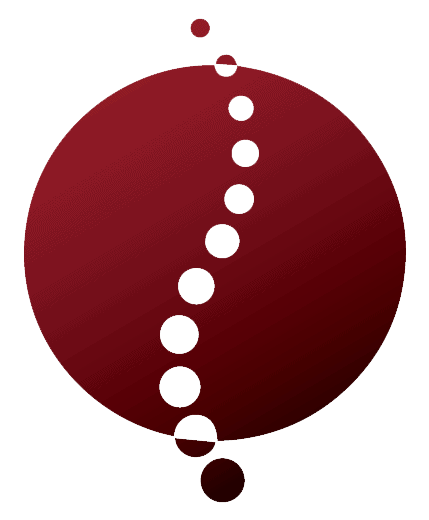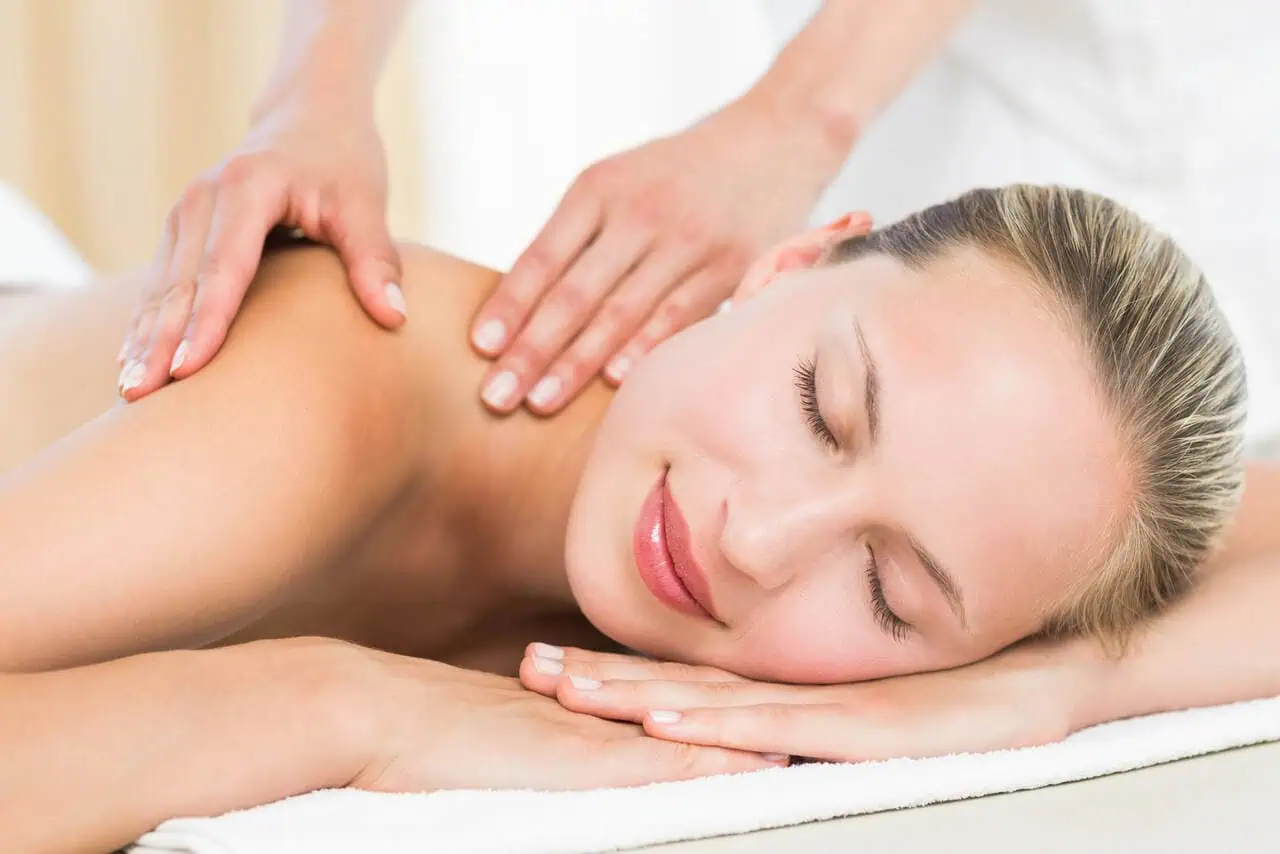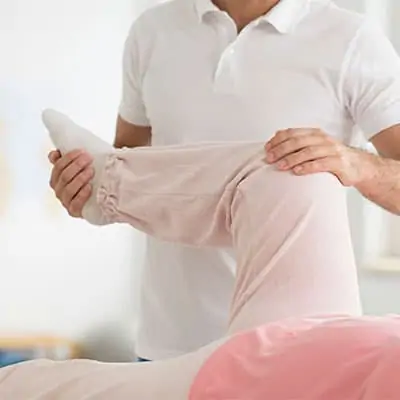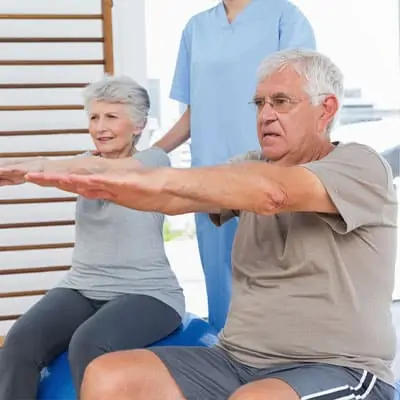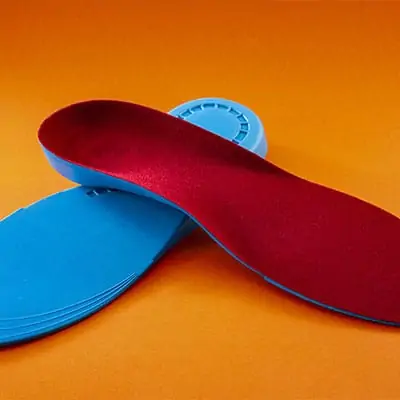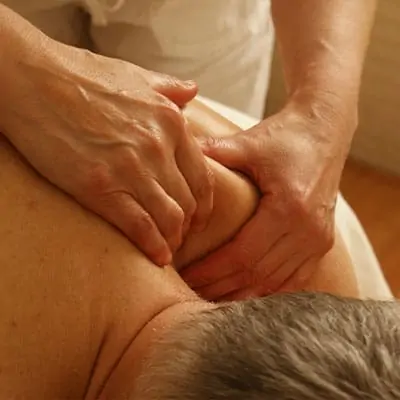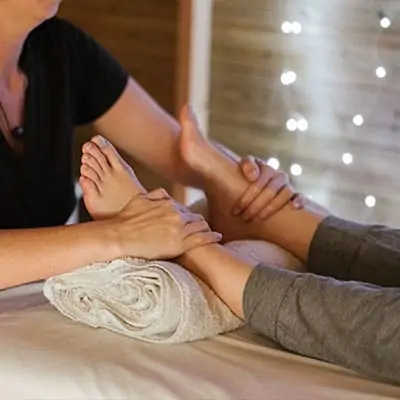Introduction to Massage Therapy Benefits
What is Massage Therapy?
Massage therapy is a hands-on approach to wellness that involves manipulating the body’s soft tissues, including muscles, tendons, and ligaments. This form of therapy aims to enhance your health and wellbeing through various techniques, such as kneading, tapping, and applying pressure. Massage can be tailored to meet specific needs or preferences, making it a versatile option for improving both physical and mental health.
Benefits of Incorporating Massage Therapy into Your Life
Incorporating massage therapy into your life can lead to a multitude of benefits. From physical pain relief to mental relaxation, its effects can be profound. Below is a table summarizing some key benefits that you may experience:
| Benefit | Description |
|---|---|
| Pain Relief | Eases discomfort from conditions like back pain or arthritis. Explore massage therapy for back pain for more details. |
| Stress Reduction | Helps lower stress levels and promotes relaxation, which can improve your overall mood. Discover more about massage therapy for anxiety. |
| Improved Circulation | Enhances blood flow throughout the body, aiding in recovery and overall health. Check out lymphatic drainage massage therapy for more information. |
| Boosted Immune System | Stimulates lymphatic function, which can bolster your immune system. |
| Enhanced Flexibility | Increases muscle flexibility, contributing to better overall movement. |
| Mental Clarity | Promotes relaxation that can lead to improved focus and productivity. |
Integrating massage therapy into your self-care routine could enhance your quality of life. Different types of massage, such as Swedish massage therapy, deep tissue massage therapy, and hot stone massage therapy, offer various levels of relief and relaxation tailored to your specific needs.
Understanding these benefits helps you appreciate the value of regular massage sessions, providing an avenue to not only address physical discomfort but also to enhance mental and emotional well-being. If you’re interested in exploring specific techniques and the various types of therapy available, visit our resource on types of massage therapy.
Physical Benefits
Massage therapy offers a range of physical benefits that can significantly enhance your quality of life. Two of the most notable benefits include pain relief and improved circulation.
Pain Relief and Management
Massage therapy is widely recognized for its capability to alleviate pain. Whether you’re dealing with chronic pain conditions such as arthritis or acute pain from an injury, therapeutic massage techniques can provide significant relief.
Studies have shown that various forms of massage can reduce muscle tension, improve flexibility, and lower discomfort levels. Here’s a table illustrating common pain conditions and the effectiveness of massage therapy in managing them:
| Pain Condition | Effectiveness of Massage Therapy |
|---|---|
| Back Pain | High |
| Plantar Fasciitis | Moderate |
| Carpal Tunnel Syndrome | Moderate |
| Neck Pain | High |
| Sciatica | High |
| Fibromyalgia | Moderate |
| Tennis Elbow | Moderate |
| Arthritis | High |
For specific techniques that target these pain areas, explore massage therapy for back pain and massage therapy for neck pain.
Improved Circulation and Lymphatic Drainage
Another significant benefit of massage therapy is its ability to improve circulation and promote lymphatic drainage. Improved blood flow contributes to better oxygenation of tissues and supports healing.
Massage stimulates the blood vessels, enhancing circulation and ensuring that nutrients are efficiently delivered to the muscles and organs. This increased blood flow can be particularly beneficial if you are recovering from an injury or surgery.
Additionally, lymphatic drainage massage therapy (link to lymphatic drainage massage therapy) specifically targets the lymphatic system, helping to remove toxins from the body and reduce swelling.
Here’s a summarized comparison of the benefits of improved circulation and lymphatic drainage:
| Benefit | Improved Circulation | Lymphatic Drainage |
|---|---|---|
| Oxygen Delivery | High | Moderate |
| Toxin Removal | Low | High |
| Speed up Recovery | High | Moderate |
| Reducing Swelling | Low | High |
Incorporating regular massage therapy into your routine can lead to significant physical enhancements in your overall health. Consider exploring different types of massage therapy to find what works best for you, such as deep tissue massage therapy or swedish massage therapy, to further maximize these benefits.
Mental and Emotional Benefits
Massage therapy offers a myriad of benefits that extend beyond physical relaxation. Engaging in regular sessions can significantly enhance your mental and emotional well-being.
Stress Reduction and Relaxation
One of the foremost benefits of massage therapy is its ability to reduce stress and promote relaxation. By manipulating muscles and soft tissues, massage therapy stimulates the parasympathetic nervous system, which is responsible for calming the body. This process can lead to lower levels of cortisol, the stress hormone, resulting in a more relaxed state.
| Benefit | Impact |
|---|---|
| Decreased Stress Hormones (Cortisol) | Reduction up to 30% |
| Enhanced Relaxation Responses | Improved mood and mindfulness |
| Increased Serotonin Production | Contributes to feelings of happiness |
By incorporating massage therapy into your routine, you can effectively manage daily stressors and cultivate a calming environment, enabling you to face challenges with a focused mindset. For more insights, check our article on therapeutic massage therapy.
Mental Clarity and Improved Mood
In addition to alleviating stress, massage therapy can enhance mental clarity and elevate your mood. The relaxation achieved during a massage helps clear mental clutter, making it easier for you to concentrate and make decisions.
Numerous studies have indicated that regular massage therapy can lead to improvements in overall mood and mental well-being, contributing to a more positive outlook on life.
| Measurement | Percentage Improvement |
|---|---|
| Mood Enhancement | Up to 50% |
| Decreased Anxiety Levels | 30% reduction in symptoms |
| Improved Sleep Quality | 20% enhancement in sleep |
Regular sessions can also help combat feelings of anxiety and depression. Massage therapy can serve as a complementary treatment for those experiencing these challenges. For specialized techniques, refer to our article on massage therapy for anxiety.
By embracing the mental and emotional benefits of massage therapy, you can uplift your overall quality of life while fostering a holistic sense of well-being. Explore different types of treatments, such as swedish massage therapy or deep tissue massage therapy, to find the best fit for your lifestyle and needs.
Health and Wellness Benefits
Massage therapy offers a multitude of health and wellness advantages that can significantly enhance your quality of life. From boosting your immune system to promoting overall wellbeing, these benefits can be transformative.
Boosting Immune System Function
Regular massage therapy sessions are known to help improve your immune system function. Studies have shown that massage can increase the activity of white blood cells, which play a crucial role in fighting off infection and illness. The relaxation experienced during and after a massage can help lower stress hormones that may suppress your immune system.
The table below highlights some of the potential effects of massage therapy on immune function:
| Effect | Measurement |
|---|---|
| Increase in white blood cell count | Up to 30% increase |
| Reduction in stress hormones (cortisol) | Up to 50% reduction |
| Improvement in circulation | Enhanced blood flow |
Incorporating massage therapy into your routine can be particularly beneficial during cold and flu season, as it may help protect against illnesses. For more targeted approaches, consider therapies such as lymphatic drainage massage therapy.
Enhancing Overall Wellbeing
In addition to immune support, massage therapy contributes to your overall wellbeing. Regular sessions can alleviate muscle tension, improve flexibility, and promote better sleep. This holistic approach not only addresses physical health but also mental and emotional wellness.
Massage therapy has been linked to various improvements in overall health:
| Wellbeing Aspect | Improvement Percentage |
|---|---|
| Reduced muscle tension | 60% improvement |
| Enhanced sleep quality | 40% improvement |
| Increased relaxation levels | 70% increase |
The benefits of massage therapy extend beyond relaxation. It can also help you manage chronic pain from conditions such as back pain, arthritis, or fibromyalgia. If you’re curious about specific conditions that can be treated with massage, such as massage therapy for back pain or massage therapy for arthritis, explore the articles linked.
By understanding the health and wellness benefits of massage therapy, you can make informed decisions about incorporating this valuable treatment into your lifestyle for both physical and emotional enhancement.
Different Types of Massage Therapy
Massage therapy encompasses various techniques designed to promote relaxation and healing. Understanding the different types can help you choose the best option for your needs. Here are three renowned types of massage therapy: Swedish massage, deep tissue massage, and hot stone massage.
Swedish Massage
Swedish massage is one of the most popular forms of massage therapy. It employs long, flowing strokes combined with kneading, tapping, and friction techniques to promote relaxation and enhance circulation. This type of massage is perfect for those new to therapeutic techniques, as it provides a gentle, soothing experience.
| Technique | Purpose |
|---|---|
| Long Strokes | Promotes relaxation and improves blood flow |
| Kneading | Alleviates muscle tension |
| Tapping | Stimulates the nervous system |
Swedish massage is particularly beneficial for reducing stress and improving overall mood. For more information, consider reading about swedish massage therapy.
Deep Tissue Massage
Deep tissue massage targets the deeper layers of muscles and connective tissue. This technique employs firm pressure and slow strokes to release tension and resolve muscle knots. It is ideal for individuals experiencing chronic pain, stiffness, or recovery from injuries.
| Technique | Purpose |
|---|---|
| Firm Pressure | Releases chronic tension and pain |
| Slow Strokes | Breakdown knotted muscles |
| Cross-Fiber Friction | Improves flexibility and range of motion |
Deep tissue massage can significantly alleviate pain in specific areas of the body. If you are interested in this technique, check out more about deep tissue massage therapy.
Hot Stone Massage
Hot stone massage combines traditional massage techniques with the use of heated stones. The therapist places smooth, heated stones on specific points of the body to warm the tissues. The heat allows for deeper relaxation and helps to relieve muscle tension.
| Technique | Purpose |
|---|---|
| Heated Stones | Penetrates deep into muscles for relaxation |
| Combination of Techniques | Enhances the traditional massage experience |
Hot stone massage is beneficial for promoting a sense of well-being and reducing stress. To learn more about this type of therapy, explore hot stone massage therapy.
By familiarizing yourself with these different types of massage therapy, you can make better-informed decisions about incorporating massage into your health and wellness routine. Each type offers unique benefits that cater to various needs, whether you’re seeking relaxation, pain relief, or improved overall well-being.
Incorporating Massage Therapy into Your Routine
Integrating massage therapy into your routine can enhance your physical and mental wellbeing. To make the most of your sessions, consider the frequency and duration of treatments, how to select the right therapist, and additional self-care practices.
Frequency and Duration of Sessions
The effectiveness of massage therapy is often impacted by how frequently you attend sessions. Different needs may call for different frequencies. The following table outlines general recommendations for session frequency based on your goals:
| Goal | Recommended Frequency | Recommended Duration |
|---|---|---|
| Stress Relief | Once a week | 60-90 minutes |
| Pain Management | 1-2 times a week | 60 minutes |
| General Wellness | Every 2-4 weeks | 60-90 minutes |
| Rehabilitation | 2-3 times a week | 60 minutes |
Adapting the duration and frequency according to your specific circumstances will help you maximize the benefits of your therapy.
Finding the Right Massage Therapist
Choosing the right massage therapist is key to a positive experience. Consider the following when making your choice:
- Qualifications and Certifications: Ensure the therapist has appropriate training and credentials. Look for licenses in your state or locality.
- Specialization: Different therapists specialize in various techniques like deep tissue massage therapy, sports massage therapy, or lymphatic drainage massage therapy. Identify what works best for your specific needs.
- Reviews and Recommendations: Seek advice from family or friends, and read online reviews to gauge the therapist’s effectiveness.
Meeting with a potential therapist beforehand to discuss your needs can also help.
Self-Care Practices to Enhance the Benefits
Incorporating self-care practices into your routine can amplify the positive effects of massage therapy. Here are some suggestions:
- Hydration: Drink plenty of water before and after your sessions to help flush out toxins and improve circulation.
- Gentle Stretching: Engaging in light stretching post-massage can aid in maintaining flexibility and relaxation.
- Mindfulness Practices: Techniques such as meditation or deep breathing can further enhance relaxation and stress relief.
- Regular Exercise: Maintaining an active lifestyle can complement the benefits of massage therapy by improving circulation and reducing muscle tension.
Incorporating these practices alongside your massage sessions can lead to a holistic approach toward enhancing your overall health. For more insights on the various types of massage therapy, explore our related articles.
